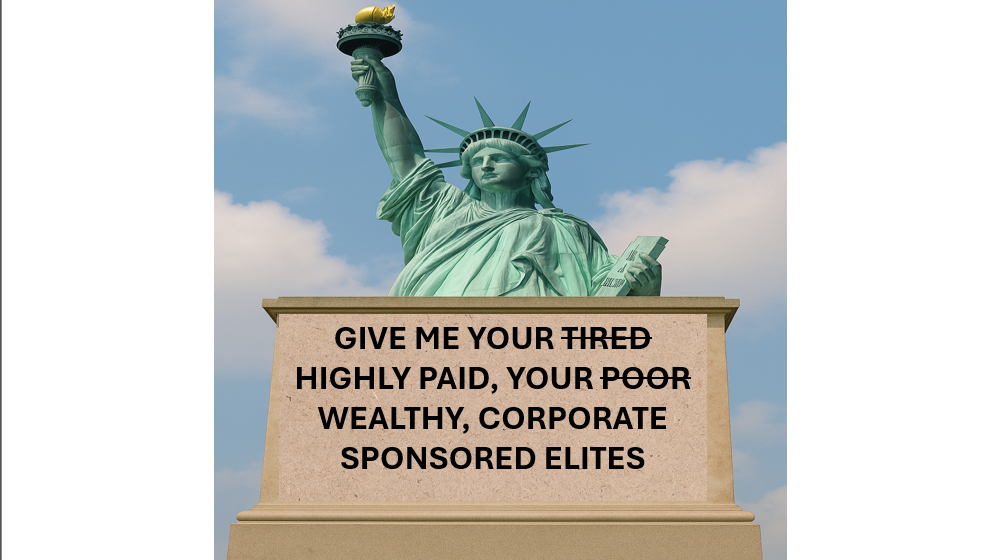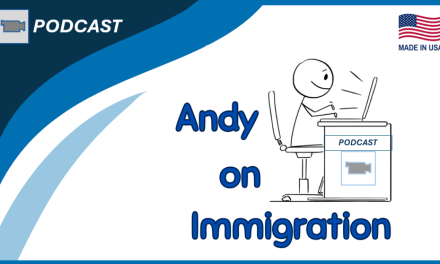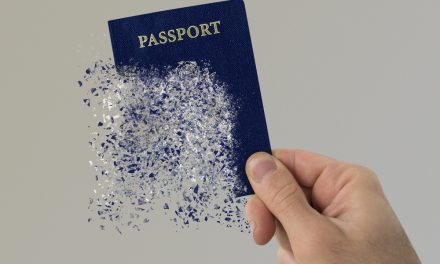At the base of the Statue of Liberty, Emma Lazarus’s words are etched: “Give me your tired, your poor, your huddled masses yearning to breathe free.”
On September 19, 2025, the United States announced a very different creed: $100,000 for an H-1B visa worker, $1 million for a green card. Instead of welcoming talent, ambition, and opportunity, America is putting a price tag on entry — recasting immigration as a luxury good for the wealthy or those backed by wealthy corporations.
What changed
- A Presidential Proclamation now requires a $100,000 supplemental fee for any new H-1B worker entering from abroad (renewals for those already here are exempt).
- A new “Gold Card” program allows anyone who contributes $1 million (or $2 million if through a corporation) to the Commerce Department to fast-track a U.S. green card.
- And a new proposed regulation would tilt the annual H-1B lottery in favor of higher-paid workers, further limiting opportunities for lower-paid professionals.
Who’s really affected
- Big Tech & India-based IT firms (Amazon, Google, Tesla, Infosys, Cognizant, TCS, Wipro, HCL America) have historically filed thousands of H-1B petitions.
- But with the $100,000 surcharge, the economic benefit may disappear. Instead of bringing large teams onshore, many companies are likely to optimize offshoring—keeping most of the work abroad while foreign-based IT firms may place only a few lead consultants or analysts in the U.S.
- The proposed H-1B lottery reform adds another barrier: only those who will be highly paid would stand a real chance of selection, further excluding younger professionals and smaller firms that can’t pay top-tier salaries.

The New American Immigrant? (Image: Shutterstock used with permission)
Why supporters cheer
- Jobs for Americans. The White House frames these changes as addressing abuses of the H-1B program and steering opportunities back to U.S. workers. (Query as to whether H-1B workers will be paid more than their U.S. counterparts going forward?)
- Revenue generation. Fees and Gold Card “contributions” raise new funds.
- Global competition for elites. By favoring high wages and wealthy investors, the U.S. is aligning itself with other nations courting the world’s rich.
Why critics worry
- STEM shortages. About two-thirds of H-1B jobs are computer-related. Limiting access risks slowing innovation.
- Pipeline disruption. In FY 2023, 72% of new H-1Bs came from F-1/F-2 students. Without realistic visa pathways, U.S.-trained graduates may go elsewhere.
- Offshoring. Higher costs push firms to shift jobs abroad, meaning lost U.S. taxes and economic activity. The VC community is already thinking this way.
- Investment chilled. Foreign companies prefer to seed projects with trusted teams. Restrictions discourage expansion — seen already with tension around the Hyundai Georgia facility.
- Entrenched inequality. Whether through fees, the Gold Card, or wage-based lottery rules, the consistent message is that wealth = access.
Welcome to Modern Feudalism?
- Nobility: Ultra-wealthy investors and executives who can buy residency or absorb costs.
- Professional Bourgeoisie: High-skill H-1B workers admitted only with corporate sponsorship or high salaries — useful now, but increasingly exposed to AI replacement.
- Serfs: The workers who support both tiers, yet see doors to upward mobility closing. (Query: With deportations of low-wage workers increased, will more Americans be pushed into low-wage positions?)
By setting the price of entry at $100,000 for H-1B visas, $1 million for green cards, and wage premiums for lottery chances, the U.S. is entrenching a system that resembles modern feudalism: exclusive pathways for elites, shrinking access for everyone else.
Bottom line
America is not just reforming immigration — it is monetizing it. These policies may generate revenue and reward the wealthy, but they risk accelerating inequality, driving talent offshore, and selling out the very ideals etched on the Statue of Liberty’s pedestal.






